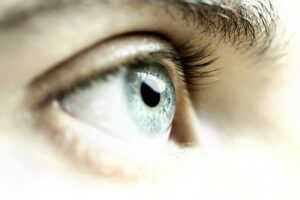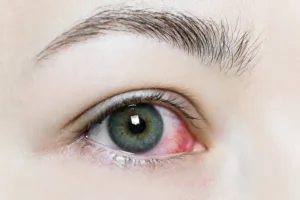
The Difference Between a Stye and a Chalazion
Did you wake up with a perplexing bump on your eyelid? Turning to your old pal Google, you were likely confronted with two different possible explanations: either it’s a stye

Did you wake up with a perplexing bump on your eyelid? Turning to your old pal Google, you were likely confronted with two different possible explanations: either it’s a stye

Globally, the average person devotes 6 hours and 40 minutes each day to watching a screen as they complete internet-connected activities, according to Comparitech. But with an average of 7

If you find yourself asking, “Why do my eyes feel tired?” after a long day of work, you’re not alone. With the massive growth of digital devices in recent years,

If you value your eyesight, then learning about corneal abrasion symptoms shows good judgment. After all, this common eye injury can happen to anyone, especially if they wear contacts. Recognizing

Astigmatism is a common vision condition — in fact, the American Academy of Ophthalmology estimates it may impact as many as one in three people in the United States. Caused

Were you startled by the pink hue of your eyes when you looked in the mirror this morning? Do your eyes feel irritated or watery? Are they itchy, gritty, or
Copyright © 2025 · Heffington's Eye Care · All Rights Reserved · Web Design by 417 Marketing